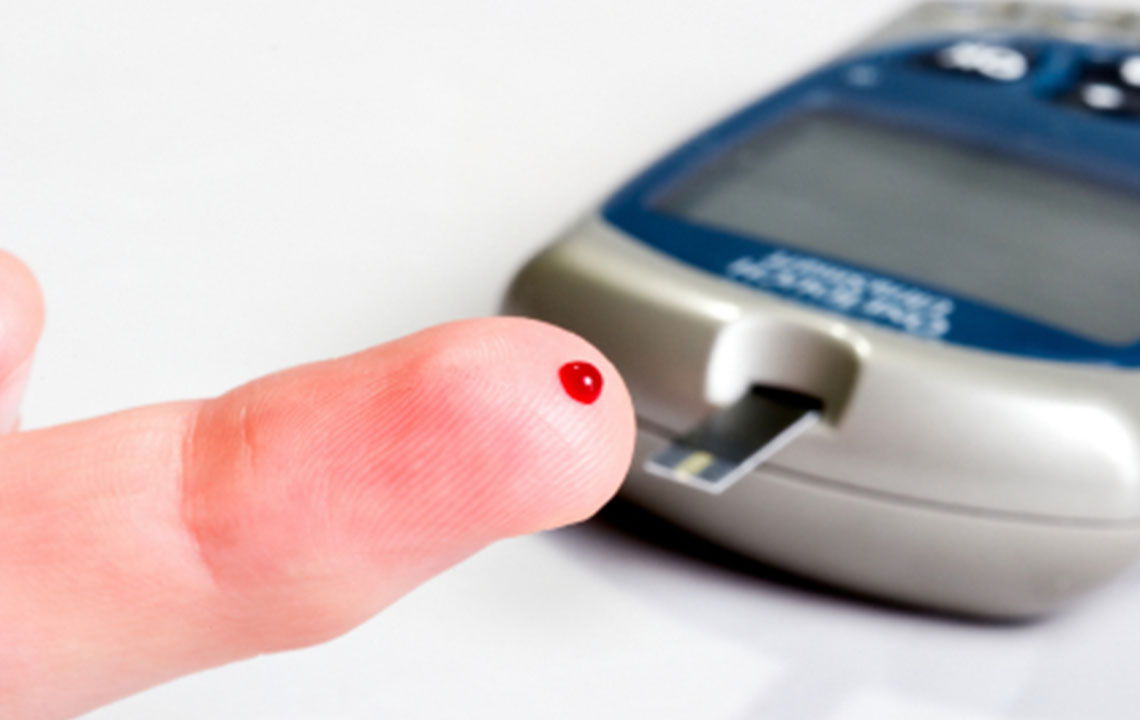Best Ways to Lower A1C Levels

The A1C tests are performed to track the blood sugar levels in a person’s bloodstream. It is widely known to be the standard measure of diabetes and prediabetes. It’s carried out to determine the patient’s blood sugar levels, and so that they can be given the right treatment. The term ‘lower A1C levels’ means to lower your blood sugar levels. There are a number of measures that you can take to keep your body’s blood glucose levels low.. This article will point out the various ways through which you can lower A1C Levels and protect yourself.
The Different Ways To Lower A1C Levels
There are a large number of ways a person can lower their blood sugar or blood glucose levels. Here are a few of them:
- Plan ahead
A plan to lower A1C levels is a plan to lower the amount of glucose that’s flowing into your bloodstream. You need to make a plan well in advance and stick to the plan. A plan to manage your blood sugar level must be well-rounded and target every aspect of your health that could result in your blood sugar rising. It won’t just include a list of foods that you should eat and shouldn’t eat, it’ll also include when you should eat these foods, in what quantity, what precautions to take, and so on. In addition to this, you need to carefully manage your weight. If you’re overweight or suffer from obesity, you’ll need to be doubly careful to ensure you bring your weight into a healthy range. A proper physical balance is essential and goes a long way towards lower A1C Levels.
- Diabetes medical plan
A diabetes medical plan will include a large number of details such as the emergency numbers of doctors and nursing homes that must be contacted in case an emergency arises. This plan or checklist must also contain medical instructions and the list of medicines that you must take yo keep your blood sugar levels in check. This will also include a detailed list of target glucose levels that should aim to stay at if you want to stay healthy.
- Keep a strict track of your diet
Keeping an eye on your diet is the foundation of lowering your A1C levels and keeping your blood sugar within the target range. On one hand, you’ll have to maintain a list of foods that you’re allowed to eat and not supposed to eat. But to ensure you’re not straying from your diet, you’ll need to maintain another record of all your food and drink intake, to ensure you aren’t indulging in sugar-rich foods that will spike your blood glucose and put you at risk of serious complications.
In case there is any change or diversion then the same can be tracked in an effective manner with your two food journals.
- Cut your carb intake
Carbohydrates are important to ensure lower A1C levels. They’re important because of how you eat them, and how you don’t eat them. The right carbohydrates can keep your A1C levels low, and stable for long periods of time.
Namely, minimize your intake of white carbohydrates and simple carbohydrates like white rice, white bread, sugar, and others. This is because simple carbohydrates spike your blood sugar fast and in a very unhealthy manner. Alternatively, complex carbs like brown rice, quinoa, and sweet potatoes release sugar slowly into your bloodstream. They’re also rich in fiber, which makes them digest slowly, leaving you full for longer.
To lower A1C levels, eat complex carbs if you have to. For best results, get your carbohydrates from green leafy vegetables.
- Weight management
It is imperative that you set a healthy weight target and stick to this goal with all your focus. Maintaining a healthy weight is the most important thing you can do to lower A1C levels. While working towards this, ensure you’re losing fat and gaining muscle, and not vice versa.
- Work out
One of the best ways to lower A1C levels is through regular physical exercise. Brisk walking is a good way to keep your blood sugar levels low. In this perspective, you can also do other forms of exercise. Consult a doctor and a fitness expert before you take it on yourself to try out a new workout or exercise regimen.
- Test regularly
You have to test your A1C levels on a regular basis. While you take other steps to maintain your health, you need to track your blood sugar to ensure that your measures are having an impact. There are a large number of devices on the market that can help you measure your blood sugar.
- Keep stress away
Stress releases cortisol. Cortisol prevents you from losing weight and increases your appetite. So, minimizing stress is essential to lower A1C levels. Leave your work stress at work, learn to disconnect, and relax.


